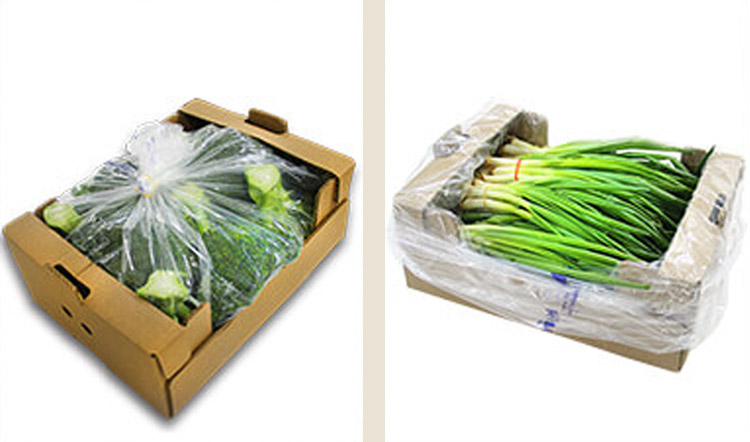How Modified Atmosphere Packaging Works
MAP involves replacing the air inside the package with a carefully controlled mixture of gases, typically carbon dioxide (CO2), nitrogen (N2), and oxygen (O2). The composition of gases varies depending on the type of food being preserved:
Carbon Dioxide (CO2): Used to inhibit the growth of spoilage microorganisms like bacteria and molds.
Nitrogen (N2): An inert gas that replaces oxygen to prevent oxidation and maintain product quality.
Oxygen (O2): Controlled levels of oxygen are maintained in modified atmosphere packaging some packaging to preserve the color and freshness of certain products like red meat.
By adjusting the gas mixture, food manufacturers can create an optimal environment that significantly slows down the natural degradation process.
Applications of Modified Atmosphere Packaging
MAP is used across a wide range of food products, each requiring a specific gas mixture to ensure maximum freshness and safety. Some common applications include:
Fresh Produce: Fruits and vegetables benefit greatly from MAP as it slows down respiration and moisture loss, extending their shelf life without compromising quality.
Meat and Poultry: MAP helps preserve the color, flavor, and texture of meat products while reducing the risk of bacterial contamination. The controlled oxygen levels also help maintain the appealing red color of fresh meat.
Dairy Products: For cheese and other dairy items, MAP prevents the growth of molds and extends their storage life by limiting exposure to oxygen.
Baked Goods: MAP is used to keep bread and other baked goods fresher for longer by minimizing the effects of oxidation.
Seafood: Fresh fish and shellfish are prone to rapid spoilage, but MAP can effectively extend their shelf life by inhibiting microbial growth and preventing off-odors.
Key Benefits of Modified Atmosphere Packaging
The advantages of MAP are significant for both producers and consumers. Some of the main benefits include:
Extended Shelf Life: One of the primary advantages of MAP is the ability to prolong the freshness of perishable products, reducing food waste and ensuring that consumers receive high-quality items.
Enhanced Product Safety: By controlling the atmosphere within the package, MAP minimizes the risk of microbial contamination, ensuring that food remains safe to consume for longer periods.
Preservation of Quality: Unlike traditional preservation methods, MAP maintains the original taste, texture, and nutritional value of the food, providing consumers with a fresh, high-quality experience.
Cost Savings: With longer shelf lives, ethylene filter retailers and manufacturers can reduce product losses due to spoilage, leading to significant cost savings.
Sustainability: By reducing food waste, MAP contributes to more sustainable food supply chains, helping to minimize the environmental impact of food production.






Comments